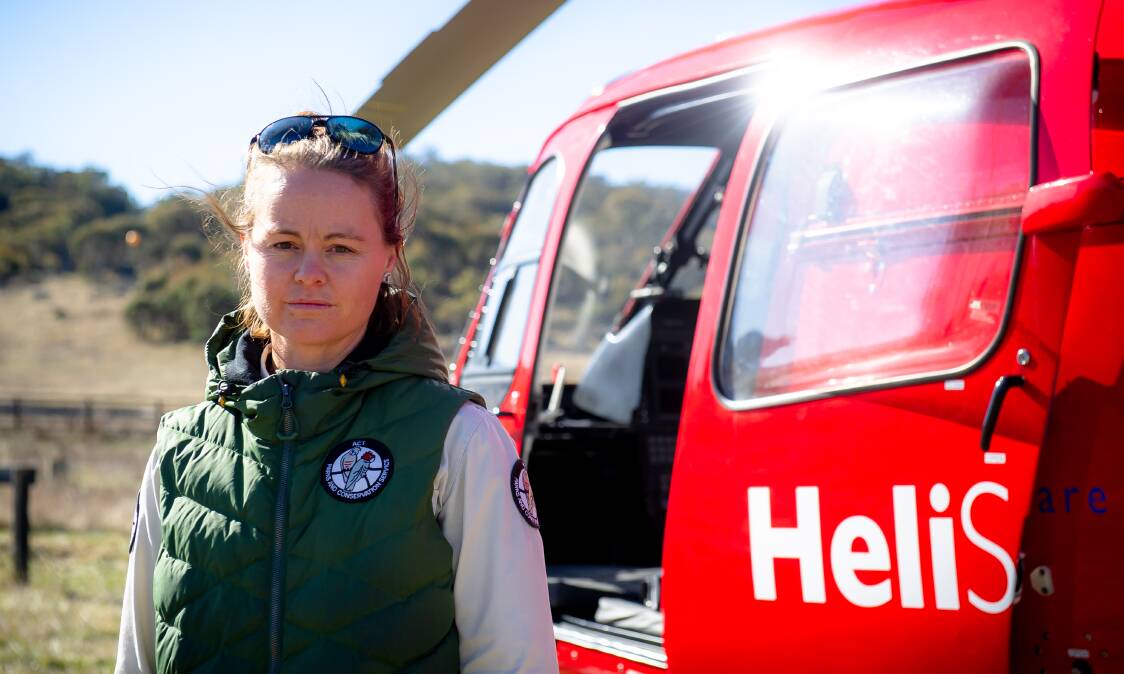
Park rangers and contractors' alarms rung out before the sun had risen over Namadgi each day in May, alerting a small team bunkering down in the park it was time to rise for their daily pre-dawn briefings.
The temperature dipped below minus 6.8 degrees as the helicopter crew prepared for an open-door flight following their mission brief early last month.
Higher up, the temperature dropped even further as rifles were cocked and thermal-imagery cameras were switched on.
There was no predetermined kill target for this year's "feral animal control program", however, La Nina conditions and an expanded target area meant numbers were expected to exceed previous totals.
Primarily they will target deer and pigs, although wild dogs pose a problem to landholders and can be shot if they venture into certain areas of the park. Feral horses may also be targeted, however, brumbies have remained on the NSW side of the border in recent years.
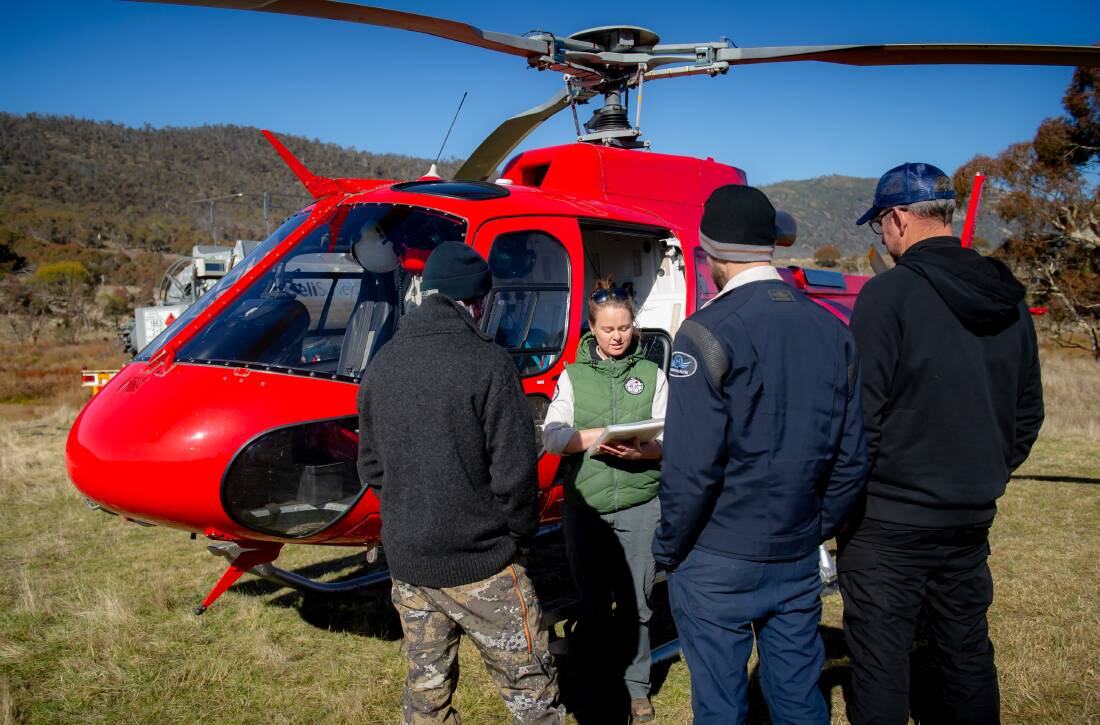
Louisa Roberts, Namadgi National Park program coordinator, said animal welfare was the top priority
"The numbers are secondary," she said.
"Aerial shooting can be a highly risky business."
Thermal cameras work best in cold conditions, before the sun hits the landscape and lights up alongside the target and when it's going down and the ground cools off. To give contractors the best chance of hitting their target, two flights usually take off each day; one at first light and another when the sun goes down on the slopes.
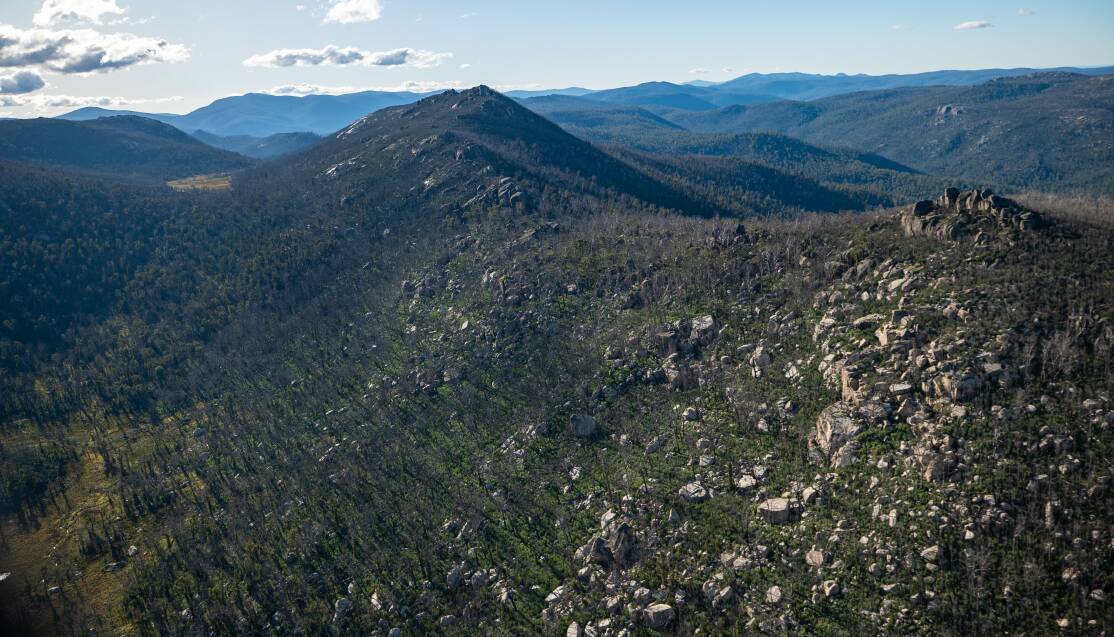
Aircraft are typically positioned 45m to 90m from the ground and travel at 15 to 20 knots (28kmh to 37kmh). It's a height and speed considered suitable for burnt county with limited canopy.
The ACT has adopted a "deliberate overkill policy", meaning all animals are to receive a minimum of two shots to the chest. Ground crews should attempt to remove carcasses near waterways and walking tracks where possible.
Now in its fourth year, helicopters were first brought in as a response to a growing problem with sambar deer, particularly in the Upper Cotter.
Ms Roberts said deer were notoriously hard to control as baiting them was not an option.
Ground shooting was a viable tactic during the drought as many of the deer gathered around the only available water source, Corin Dam, she said.
When the rain hit after the 2020 bushfires the grass grew and deer dispersed throughout the park; 150 trail cameras set up along the Upper Cotter captured the scale of the problem.
"We were surprised almost by how many deer and pigs were there straight after the fire," she said.
"Ground shooting just wasn't an option anymore."
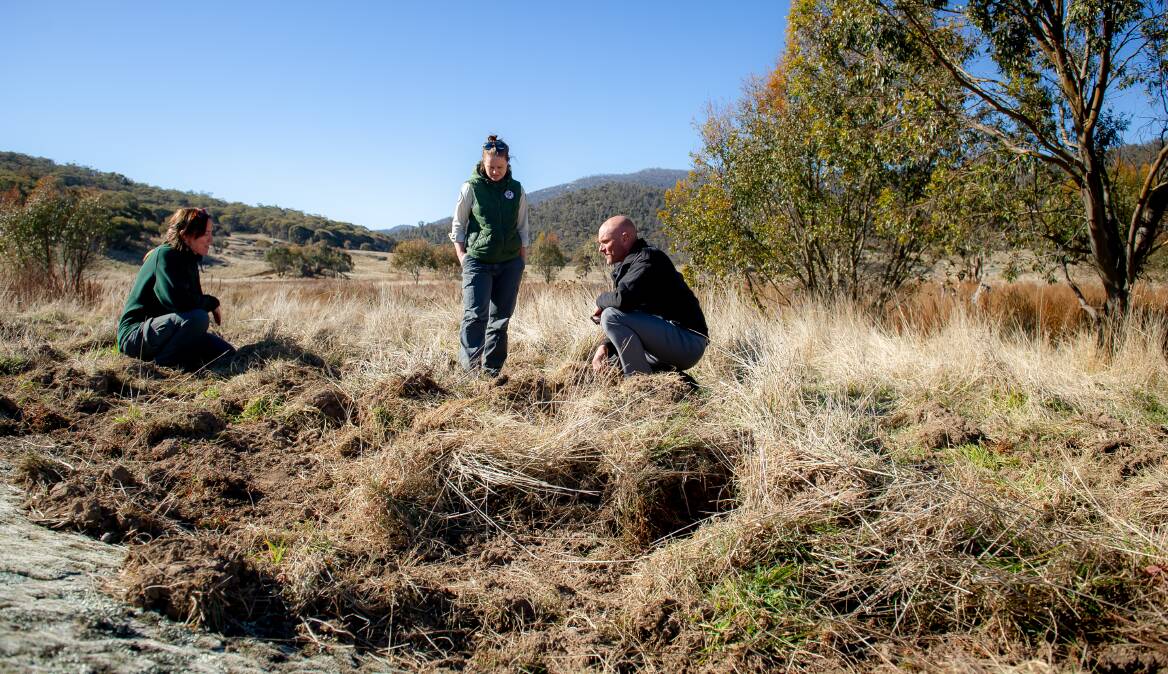
There were 100 pigs and 100 deer shot in the western side of the park alone during the operation in 2022, which also saw the Lower Cotter Catchment, Molonglo and Googong targeted.
This year the program was expanded from an original 50,000 hectares of coverage in the Upper Cotter focusing on the Ginini Flats - important habitat for corroboree frogs, the broad-toothed rat and the alpine bog system - to the whole of Namadgi.
"We have seen in the year since we last did the shoot, numbers up in that Upper Cotter area have come back, so it's an indication we have to keep the pressure up for a bit longer," Ms Roberts said.
"Until maybe the environmental conditions help us out."
The ACT government is also hopeful help in managing feral animals along the porous border with Kosciuszko will soon be more forthcoming, particularly when it comes to the ongoing brumby problem.
A Commonwealth inquiry is currently under way into their management across the Australian alpine region.
The inquiry, sparked by ACT senator David Pocock, will examine their environmental impact and the adequacy of state and territory laws designed to control them. The federal intervention follows a NSW Parks and Conservation survey that revealed numbers in Kosciuszko had exploded by 30 per cent in two years.
The ACT government and Icon Water have both made submissions into the inquiry, lending their support for a review of current practices.
The submission from the ACT's Land Management Minister Mick Gentleman and Environment Minister Rebecca Vassarotti noted different jurisdictions had developed different laws, policies and programs to manage feral horses.
"Due to the differences, there are inconsistency and in some cases conflict between the programs to put downward pressure on feral horse numbers," the submission said.
"While some states have taken significant steps to manage feral horse populations, others have been slower to act."
The ACT submission has also expressed concern for several species, including two plants not identified as at-risk by the federal government's threatened species committee, likely to be impacted by feral horses.
NSW Environment Minister Penny Sharpe replaced Liberal minister James Griffin in March. Mr Griffin responded to allegations of animal cruelty made by brumby activists by suspending ground shooting and ordering an investigation last year. A subsequent report found the allegations to be untrue.
Ms Sharpe spoke about what needed to be done to manage brumby populations in May, after making a trip to Kosciuszko one of her first visits in her new portfolio. She noted the park was not on track to meet the target set out by the previous government, to reduce the population of horses to 3000 by 2027.
She told NSW Parliament recently the numbers were too high and the horses were causing significant damage.
"We need to make sure that it is addressed as soon as possible," she said.
The Kosciuszko National Park Wild Horse Heritage Management Plan does not authorise the use of aerial shooting of horses, despite pushes from environmental groups to do so.
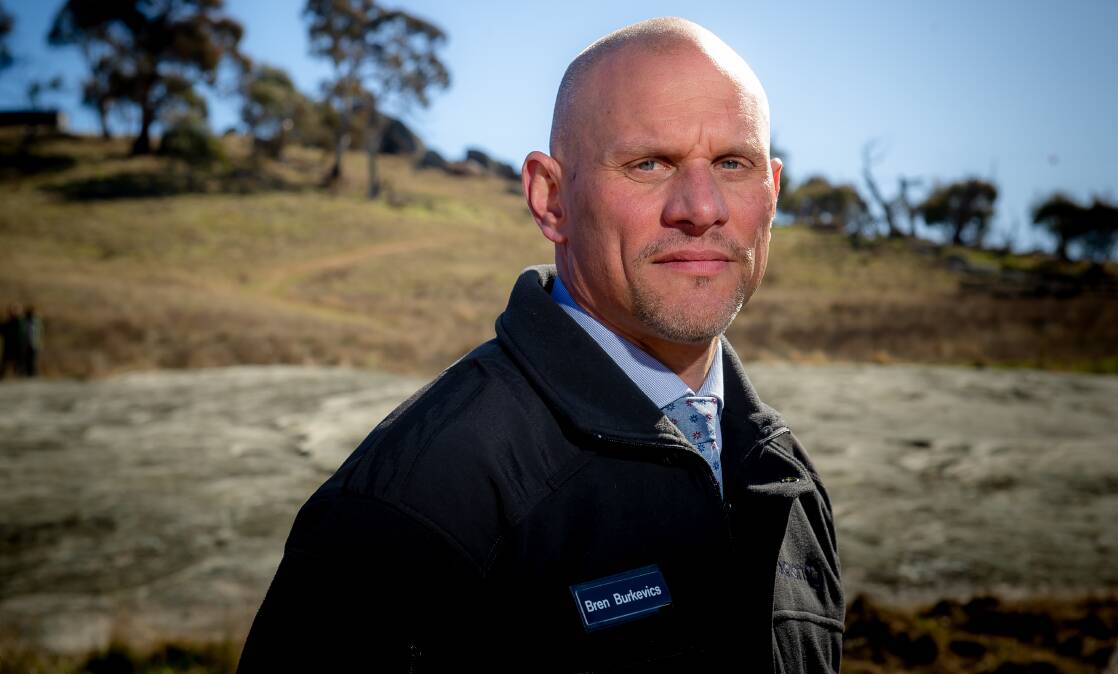
ACT conservator of flora and fauna Bren Burkevics said while there was cooperation with NSW in regards to conservation and land management, the ACT government would like to see a "refocus of the NSW government on their policy in relation to feral horses".
Mr Burkevics said he'd had the opportunity to fly over Kosciuszko alongside Ms Vassarotti, since the change of government in NSW.
"The numbers of feral horses was frightening," he said.
"The damage they're doing to stream banks and to the water was very, very visible from the helicopter."
Asked whether aerial shooting should be under way in NSW, Mr Burkevics said the culling of horses was a confronting topic.
"Any action to control horses has to be very, very carefully considered in terms of the risks they pose to the area and the most appropriate and humane management and control actions, so it all depends on the circumstances," he said.
"Certainly any action that the ACT government takes in terms of shooting animals is done with animal welfare and public safety first and foremost."
Member for Monaro Steve Whan took back the seat from the National Party in NSW's March election. His stance on protecting the park from brumbies can be summarised as a marked shift from both Nichole Overall before him and John Barilaro before her, who pushed through the bill that became the Kosciuszko Wild Horse Heritage Act when he held the seat.
Mr Whan said if NSW was unable to get back on track to meet its target of reducing horse populations in Kosciuszko, aerial shooting should be reconsidered.
"I don't object to aerial shooting," he said.
"But I recognise that the whole thing is very emotional for a lot of people. They have a real attachment to the brumbies in the Snowy Mountains."
Mr Whan said aerial shooting of other feral animals with similar intelligence was currently under way in the park.
"I'm absolutely aware that there's a lot of people out there who love the horses, who are very passionate about them and who don't agree with the counts - and they're making themselves heard very loudly to me," he said.
"The previous government took a lot of opportunities to pause things and stall things and that's why we've got such a massive problem at the moment, because there simply wasn't the progress being made.
"It would have been a lot more humane for us to have been properly controlling the horse numbers for the last decade, and then we wouldn't have had to reduce as many now."
The program was due to be wound up in early June.
We've made it a whole lot easier for you to have your say. Our new comment platform requires only one log-in to access articles and to join the discussion on The Canberra Times website. Find out how to register so you can enjoy civil, friendly and engaging discussions. See our moderation policy here.







